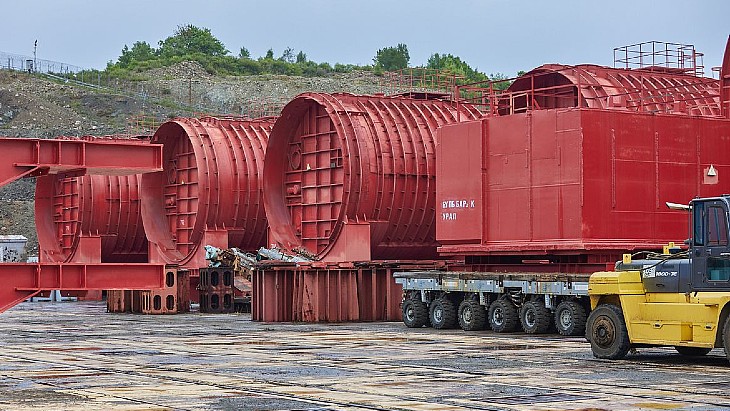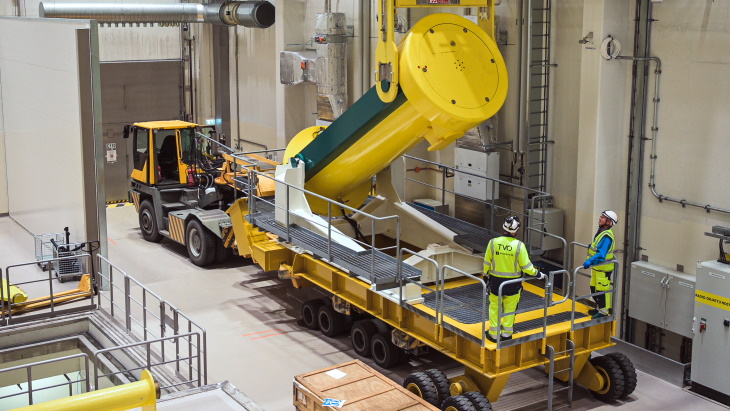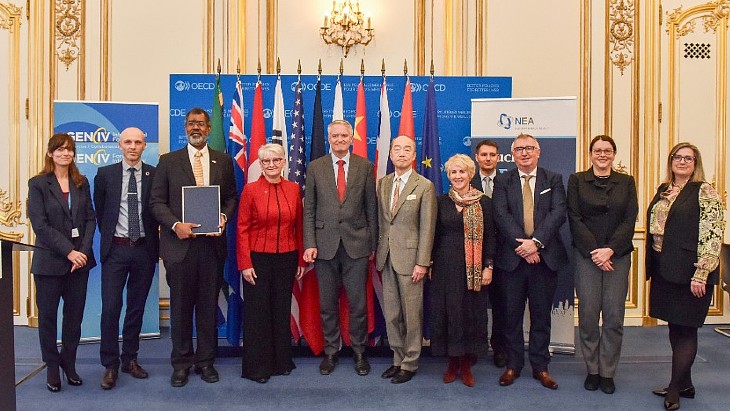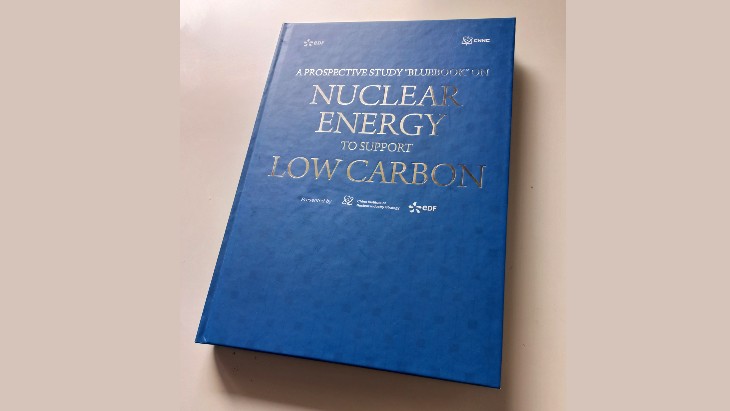US Administration reaches settlement with South Carolina over plutonium removal
.jpg)
The plutonium was shipped to Savannah River in the early 2000s for processing into mixed-oxide (MOX) fuel at a fabrication facility that was being built there. Construction of the facility was terminated in 2018 by the energy secretary at the time, Rick Perry, by which point the project was some USD13 billion over budget and 32 years behind schedule.
A 2002 statute stipulated that, in the event of the MOX facility not achieving its production goals, the DOE would be required to remove the plutonium from South Carolina and make payments to the state should deadlines for its removal be missed. The DOE is now pursuing the so-called dilute and dispose process for the disposition of the material, a method it says is proven safe and effective but is time-consuming. It will miss the 1 January, 2022 deadline for removal of the material: DOE's current timeline projects complete removal of the 9.5 tonnes of plutonium will be achieved by 2049.
Without the settlement agreement, DOE would have been required to pay South Carolina USD1 million a day, up to a maximum USD100 million a year, from 1 January, 2022 until all the plutonium had been removed. In total, those payments would have exceeded USD2 billion.
Under the settlement agreement, South Carolina will receive an "upfront" lump sum of USD600 million while DOE has until 2037 to safely remove the plutonium from the state without the threat of further lawsuits. The agreement will save taxpayers USD1.5 billion while giving South Carolina a financially backed commitment from the US Administration to remove the material from the state, DOE said.
South Carolina Attorney General Alan Wilson, who announced the settlement with Energy Secretary Dan Brouillette, said the agreement ends a "highly contentious battle" that had threatened to pit the state against the federal government for decades. The settlement is the largest in South Carolina's history, he said.
_17992.jpg)












